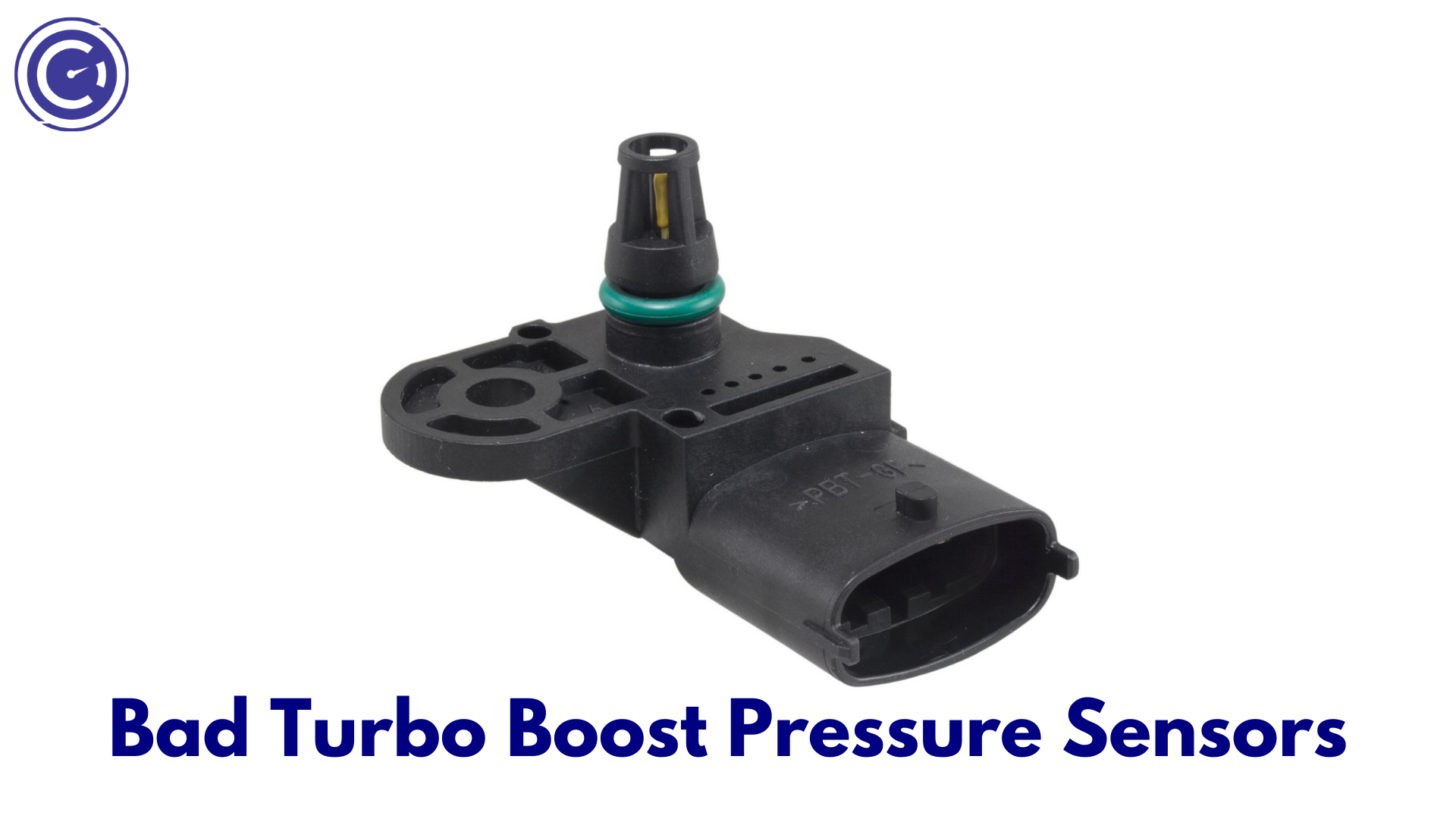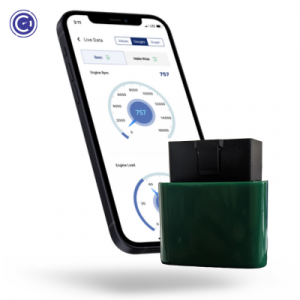Introduction to Turbo Boost Pressure Sensors Turbo boost pressure sensors are integral to the efficient operation of turbocharged engines, monitoring the engine’s turbo boost pressure and ensuring optimal performance. Recognizing the importance of these sensors sets the stage for understanding their impact on your vehicle’s functionality.
Table of Contents
Understanding Turbo Boost Pressure Sensors
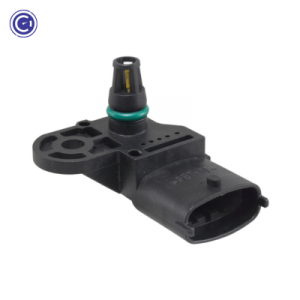
Understanding turbo boost pressure sensors is essential for grasping how modern turbocharged engines maintain efficiency and performance. These sensors play a crucial role in engine management systems by monitoring and relaying the pressure within the intake manifold to the engine control unit (ECU). Here’s a breakdown of the key aspects of turbo boost pressure sensors:
Function and Importance
- Pressure Monitoring: Turbo boost pressure sensors measure the pressure of the air being fed into the engine’s intake manifold by the turbocharger. This air is compressed, meaning it has a higher density and contains more oxygen, which is crucial for combustion.
- Performance Optimization: The sensor’s data is used by the ECU to balance the air-fuel mixture and control the ignition timing. Accurate pressure readings ensure optimal combustion, leading to better engine performance and fuel efficiency.
- Turbocharger Regulation: These sensors help in regulating the turbocharger’s function, ensuring it doesn’t over-boost (which can cause engine damage) or under-boost (leading to poor engine performance).
Symptoms of a Bad Turbo Boost Pressure Sensor

A malfunctioning turbo boost pressure sensor can lead to a variety of issues, impacting the performance and efficiency of a turbocharged engine. Recognizing the symptoms of a bad turbo boost pressure sensor is crucial for timely diagnosis and repair. Here are some common indicators that you may have a faulty sensor:
- Reduced Engine Performance: If the sensor isn’t providing accurate readings, the engine control unit (ECU) may not deliver the correct amount of fuel to the engine, resulting in a noticeable loss of power and acceleration.
- Inconsistent Turbo Boost: The vehicle may experience erratic turbo boost, with the turbocharger either not engaging when it should or providing more boost than necessary. This can lead to an unpredictable or unstable driving experience.
- Poor Fuel Economy: Incorrect readings from the turbo boost pressure sensor can cause the ECU to miscalculate the air-fuel mixture, leading to inefficient combustion and reduced fuel economy.
- Check Engine Light: A faulty turbo boost pressure sensor can trigger the check engine light. While this light can indicate a variety of issues, it’s wise to check the sensor if you’re experiencing other related symptoms.
- Black Smoke from Exhaust: An incorrect air-to-fuel ratio due to faulty sensor readings can lead to incomplete combustion, resulting in black smoke from the exhaust as unburnt fuel is expelled.
- Overboost or Underboost Conditions: The vehicle may exhibit overboost (excessive boost pressure leading to engine knocking or damage) or underboost (insufficient boost pressure, leading to poor engine performance) conditions due to incorrect sensor readings.
- Limp Mode Activation: Some vehicles may enter “limp mode” (reduced power mode) to protect the engine when the sensor sends incorrect data to the ECU. This mode significantly reduces engine performance to prevent potential damage.
- Engine Stalling or Rough Idling: Fluctuating or incorrect boost pressure can lead to engine stalling or rough idling, as the engine fails to receive a consistent supply of air for proper combustion.
If you notice any of these symptoms, it’s important to address the issue promptly. A bad turbo boost pressure sensor not only affects your vehicle’s performance but can also lead to more severe engine issues if left unresolved. Diagnosing and replacing a faulty sensor can help restore engine performance, ensure efficient fuel consumption, and maintain the longevity of your turbocharged engine. It’s advisable to consult a professional mechanic if you suspect a problem with your turbo boost pressure sensor.
Diagnosing a Bad Turbo Boost Pressure Sensor
Diagnosing a bad turbo boost pressure sensor is crucial to ensure your turbocharged engine performs optimally. A faulty sensor can lead to various issues, including reduced engine power, poor fuel economy, and erratic turbo boost. Here’s a structured approach to diagnose a bad turbo boost pressure sensor:
- Observe the Symptoms:
- Note any symptoms your vehicle is exhibiting, such as reduced engine performance, inconsistent turbo boost, poor fuel economy, or black smoke from the exhaust.
- Check for Error Codes:
- Use an OBD-II Scanner: Connect the GaragePro OBD-II scanner to your vehicle’s diagnostic port. A faulty turbo boost pressure sensor can trigger specific error codes, which can help identify the issue.
- Visual Inspection:
- Locate the Sensor: Refer to your vehicle’s service manual to locate the turbo boost pressure sensor, usually found on the charge air cooler or intake manifold.
- Inspect for Physical Damage: Check the sensor and its connectors for any signs of physical damage, corrosion, or loose connections.
- Test the Sensor:
- Voltage Test: Use a multimeter to check the voltage supply to the sensor. Compare the reading to the manufacturer’s specifications.
- Resistance Test: Measure the resistance of the sensor and compare it to the proper specifications. A sensor that’s out of range may be faulty.
- Signal Test: Some advanced diagnostic tools can measure the signal from the sensor while the engine is running, to check if the sensor’s output corresponds to the actual turbo boost pressure.
- Inspect Related Components:
- Check Hoses and Connections: Inspect all hoses and connections related to the turbo system for leaks, cracks, or loose fittings, as these can also cause symptoms similar to a faulty sensor.
- Inspect the Turbocharger: Ensure the turbocharger itself is functioning properly. Issues with the turbo can sometimes mimic or cause issues with the boost pressure sensor.
- Professional Assistance:
- If you’re not confident in your ability to perform these tests, or if the tests are inconclusive, it’s wise to seek professional assistance. A mechanic can perform more comprehensive tests and accurately diagnose the issue.
- Consider Sensor Replacement:
- If diagnostic tests confirm that the turbo boost pressure sensor is faulty, it will need to be replaced. Ensure you use a quality replacement part that’s compatible with your vehicle.
Diagnosing a bad turbo boost pressure sensor accurately is crucial for maintaining the performance and efficiency of your turbocharged engine. Proper diagnosis and timely replacement of a faulty sensor can prevent more severe engine issues and ensure your vehicle operates at its best.
Common Causes of Turbo Boost Pressure Sensor Failure
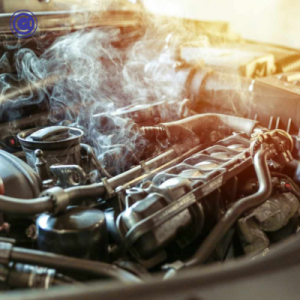
Fixing a Bad Turbo Boost Pressure Sensor
Fixing a bad turbo boost pressure sensor is essential for maintaining optimal engine performance, particularly in turbocharged vehicles. Here’s a step-by-step guide on how to address a faulty turbo boost pressure sensor:
- Diagnose the Problem Accurately:
- Confirm that the turbo boost pressure sensor is the root cause of the issue. Use an OBD-II scanner to check for relevant error codes and perform a thorough visual inspection for any signs of physical damage or wiring issues.
- Gather the Necessary Tools and Replacement Sensor:
- Ensure you have the appropriate tools for the job, typically including a socket set and a screwdriver. Also, procure a high-quality replacement sensor that’s compatible with your vehicle model.
- Locate the Turbo Boost Pressure Sensor:
- The sensor is usually located on the charge air cooler or intake manifold. Consult your vehicle’s service manual for the exact location and procedure to access the sensor.
- Remove the Faulty Sensor:
- Disconnect the electrical connector from the sensor.
- Carefully unscrew and remove the faulty sensor. Be cautious not to apply excessive force which might damage the threads or the surrounding area.
- Prepare the New Sensor:
- Inspect the new sensor and compare it with the old one to ensure it’s the correct type and model.
- Prepare any gaskets or seals that are necessary for installation.
- Install the New Sensor:
- Carefully screw the new sensor into place. Make sure it’s properly aligned and seated.
- Tighten the sensor to the manufacturer’s specified torque. Over-tightening can damage the sensor, while under-tightening can lead to boost leaks or sensor malfunction.
- Reconnect the Electrical Connector:
- Reattach the electrical connector to the new sensor. Ensure the connection is secure and there’s no corrosion on the connectors.
- Clear Error Codes and Test:
- Use the OBD-II scanner to clear any error codes related to the turbo boost pressure sensor.
- Start the engine and take the vehicle for a test drive to ensure that the issue has been resolved and the sensor is functioning correctly.
- Monitor Vehicle Performance:
- After replacing the sensor, monitor your vehicle’s performance closely for a few days to ensure everything is working as expected.
- Seek Professional Help if Needed:
- If you’re not comfortable performing these steps or if the problem persists after replacing the sensor, it’s advisable to seek help from a professional mechanic. They can provide a more comprehensive diagnosis and ensure the repair is done correctly.
Addressing a bad turbo boost pressure sensor promptly can prevent more serious engine issues and ensure your vehicle continues to operate efficiently. Proper installation and using quality parts are key to a successful repair.
Preventive Measures and Maintenance Tips
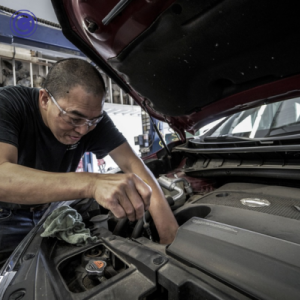
To ensure the longevity and optimal performance of your vehicle and its components, adopting preventive measures and following regular maintenance tips are crucial. Here’s a comprehensive guide to help you maintain your vehicle effectively:
- Regular Servicing:
- Adhere to the manufacturer’s recommended service schedule. Regular servicing helps catch issues early, preventing minor problems from becoming major ones.
- Oil Changes:
- Regularly check and change engine oil and filters as specified by your vehicle’s manufacturer. Clean oil ensures proper lubrication and protection of engine components.
- Tire Maintenance:
- Regularly inspect tire pressure, tread depth, and overall condition. Maintain proper tire inflation as recommended. Rotate tires according to the schedule to ensure even wear.
- Brake System Check:
- Monitor the condition of your brake pads, discs, and fluid. Look for signs of wear or damage and ensure the brake fluid is at the correct level and in good condition.
- Battery Care:
- Regularly check the battery terminals for corrosion and ensure they are tight and clean. Test the battery’s charge and replace it if it’s not holding a charge as it should.
- Fluid Levels:
- Regularly check and top up essential fluids like engine oil, coolant, brake fluid, power steering fluid, and transmission fluid.
- Belt and Hose Inspections:
- Inspect belts and hoses for signs of wear, cracks, or leaks. Replace them if they show signs of deterioration to prevent sudden failures.
- Cleanliness:
- Keep your vehicle clean inside and out. Dirt and grime can lead to rust and deterioration of vehicle parts.
- Drive Responsibly:
- Avoid aggressive driving habits like hard braking and rapid acceleration. Smooth, consistent driving habits can increase the longevity of your vehicle’s components.
- Listen for Unusual Noises:
- Pay attention to any unusual sounds coming from your vehicle. Squealing, grinding, or clunking sounds can indicate a problem that needs immediate attention.
- Electrical System:
- Ensure all lights, indicators, and electrical systems are functioning correctly. Regularly check and replace any faulty fuses or bulbs.
- Climate Considerations:
- In colder climates, ensure your vehicle is prepared for winter with the right type of oil, antifreeze levels, and a good battery. In hotter climates, ensure your cooling system is in top condition.
- Keep Records:
- Maintain a log of all maintenance and repairs. This not only helps you keep track of when the next service is due but also adds value to your vehicle if you decide to sell it.
- Professional Inspections:
- If you suspect a problem or can’t perform certain maintenance tasks yourself, don’t hesitate to consult a professional mechanic.
By following these preventive measures and maintenance tips, you can ensure your vehicle runs smoothly and reliably, thereby extending its life and potentially saving you money on costly repairs in the long run. Regular maintenance is the key to safe and enjoyable driving.
Impact of a Bad Turbo Boost Pressure Sensor on Vehicle Performance A malfunctioning turbo boost pressure sensor can significantly affect your vehicle’s performance, engine efficiency, and even safety, making its proper functioning a priority.
Conclusion
Timely recognition and proper care of your vehicle’s turbo boost pressure sensor are crucial for maintaining optimal performance and engine health. Understanding the symptoms, causes, and solutions is key to preventing significant issues and ensuring a smooth driving experience.

